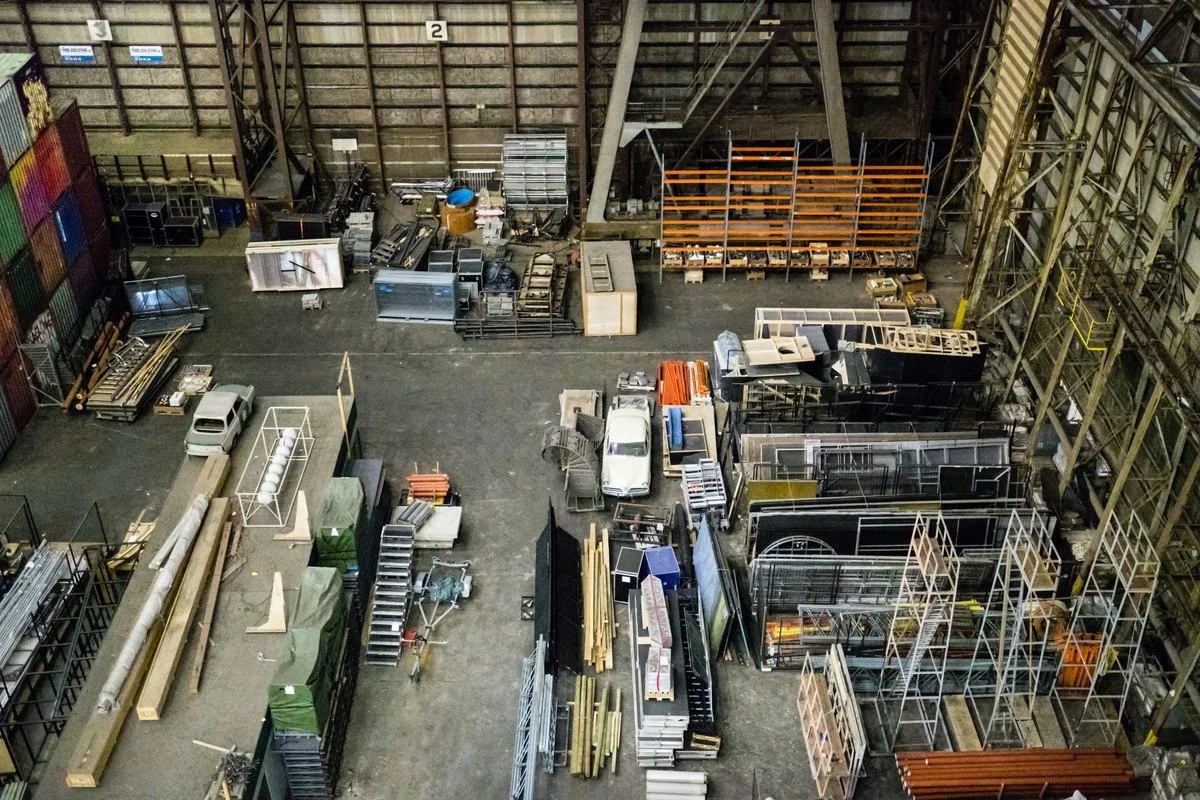How Multimodal Transportation Enhances Global Supply Chains
In March 2021, the massive container ship Ever Given brought global supply chains to a standstill for nearly a week when it blocked the Suez Canal. Businesses that relied solely on one method of transportation found themselves scrambling to find alternatives, causing delays and driving up costs.
As a company that specializes in supply chain management, this incident underscored for us at Product&Brands how fragile global supply management can be and why businesses should consider more resilient and flexible logistics solutions such as multimodal transportation.
What Is Multimodal Transportation?
Multimodal transportation, also referred to as intermodal transportation, involves using multiple modes of transport via road, rail, ocean, or air for a single shipment under a single operator. Unlike traditional methods that require goods to be unloaded and reloaded at various stages, multimodal transportation enables products to move from start to finish without unnecessary delays. Plus, only one operator handles everything, from managing customs documentation to overseeing local delivery.
Consider a business in the U.S. that utilizes product sourcing in China. With multimodal transportation, the raw materials are packed in a container and shipped by sea. Once the goods arrive at the port, these are transferred to a train, then to a truck, for final delivery. The streamlined process is faster, more cost-effective, and reduces the risk of delays or damage. Should an emergency arise, the container can easily be transferred to a different vehicle and continue with its journey.
What Are the Benefits of Multimodal Transportation?
Global supply chain management is becoming increasingly complex, and a single transport method is often insufficient to address the full range of challenges that businesses face. Here’s a deeper look at why multimodal transportation is emerging as the go-to solution.
Boosts Efficiency and Agility
Efficiency and predictability are paramount in today’s business world. The challenge lies in choosing the right combination of transport modes to meet different business needs. Multimodal transportation addresses these challenges by combining the strengths of various modes.
For example, ocean freight is excellent for transporting large quantities of goods at a relatively low cost. However, it’s slow compared to other modes of transport. By combining it with air freight for urgent items, or using rail for long-distance bulk movement, companies can reduce transit times significantly. Similarly, trucks provide flexibility for door-to-door delivery, especially for smaller shipments that might not warrant a full container load.
A hidden benefit of multimodal logistics is it reduces administrative complexity. By using a single bill of lading, businesses simplify the documentation process and reduce the likelihood of errors or delays. This also improves visibility into each stage of the shipment, making it easier for businesses to track goods in real time.
Optimizes Costs
One of the major benefits of multimodal transportation is its ability to optimize costs. Instead of relying on the most expensive method for every leg of the journey, companies can mix and match transport modes to suit their budget and needs.
Ocean freight is typically the most cost-effective way to move goods in bulk over long distances. But, for faster delivery or time-sensitive goods, companies can incorporate air freight, which—while expensive—provides speed and efficiency. Similarly, rail transport often offers better rates than trucking, especially for long-distance moves over land.
Additionally, multimodal systems allow businesses to consolidate shipments at intermodal hubs, which helps reduce handling costs. For instance, products from different suppliers can be combined into one shipment before moving onto the final leg of the delivery, saving on both transport and labor costs.
Provides Resilience During Disruptions
One of the standout advantages of multimodal transportation is its ability to provide flexibility in the face of disruptions caused by weather, natural disasters, labor strikes, or unexpected bottlenecks in infrastructure.
With multimodal transportation, businesses can quickly pivot. For example, if a storm shuts down a crucial shipping lane, operators can adjust routes by rail or road in real time without significant delays.
Supports Sustainability and Green Initiatives
As the global focus on environmental sustainability grows, multimodal transportation offers significant benefits in terms of reducing carbon emissions and fuel consumption. For instance, railway transport can carry significantly more freight at once, meaning fewer trips are needed making it a more energy-efficient option than trucks.
Switching to more sustainable practices doesn’t just reduce emissions. Making use of containerized shipping, which is common in multimodal logistics, helps reduce packaging waste. Moreover, multimodal transportation aligns with a growing trend of green logistics. Many companies are exploring ways to integrate more sustainable practices into their operations, such as using electric trucks for final-mile delivery or adopting fuel-efficient ships.
Offers Visibility and Control for Better Decision-Making
One of the often-overlooked benefits of multimodal transportation is the enhanced visibility it offers businesses. With advanced tracking systems, companies can monitor every stage of their shipment in real time. From the moment goods are loaded onto a vessel to the time they reach their final destination, companies can track their shipments and respond swiftly to any potential delays or issues.
This level of visibility also gives businesses greater control over their supply chain. They can make data-driven decisions, adjusting transport modes, routes, or delivery times based on real-time conditions. This helps reduce the risk of supply chain disruptions and enhances overall efficiency.
Ready for the Competitive Advantage of Multimodal Systems?
Ultimately, multimodal transportation is not just a logistics strategy—it’s a competitive advantage that sets businesses apart in a fast-paced, unpredictable global market. Whether you're an international retailer or a local manufacturer, embracing this approach can significantly enhance your operational efficiency and competitiveness.
To see how multimodal transportation can optimize your business’s supply chain, reach out to our Products&Brand experts today. Start exploring the benefits of multimodal solutions and create a supply chain strategy that’s faster, greener, and more resilient than ever.

